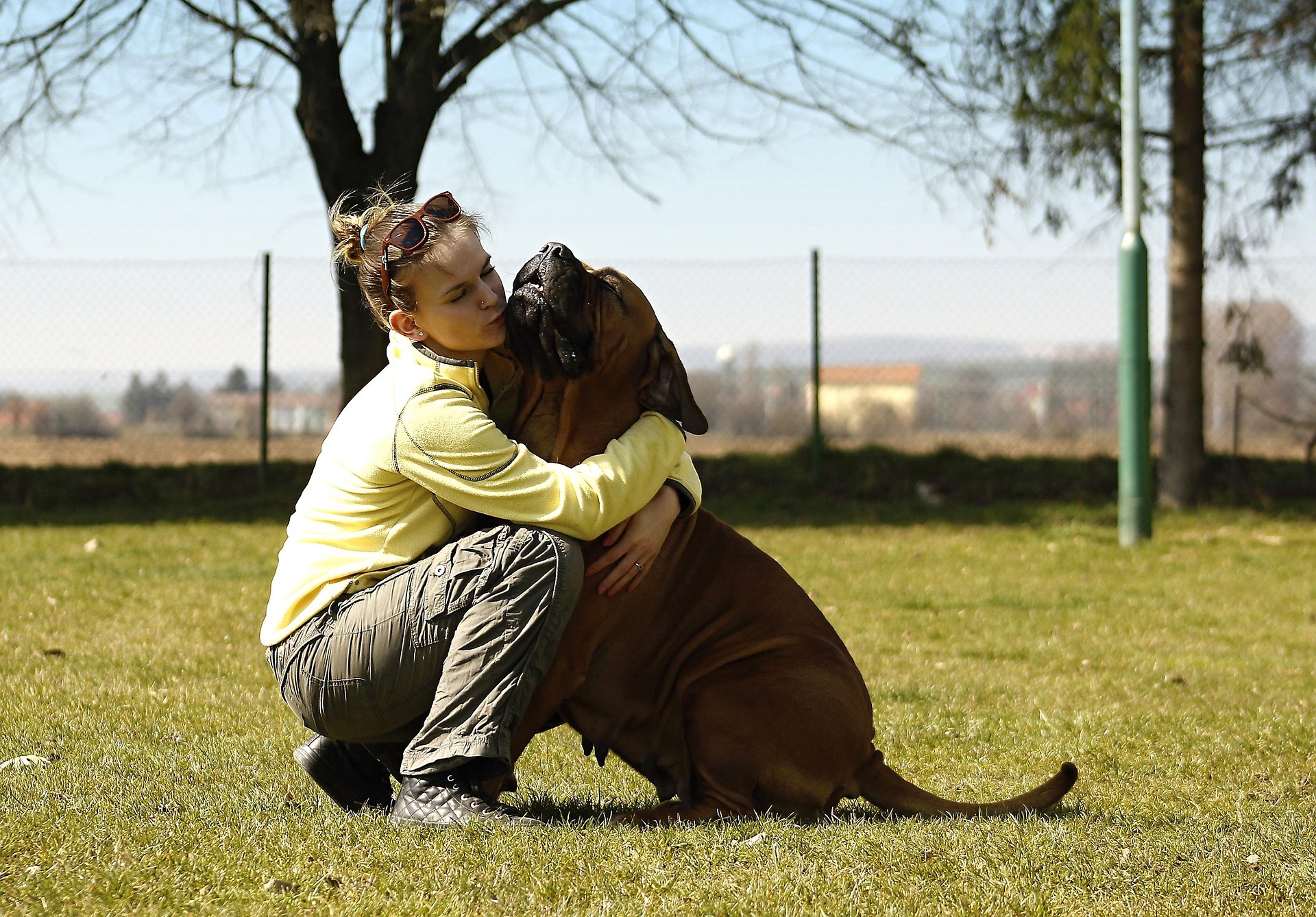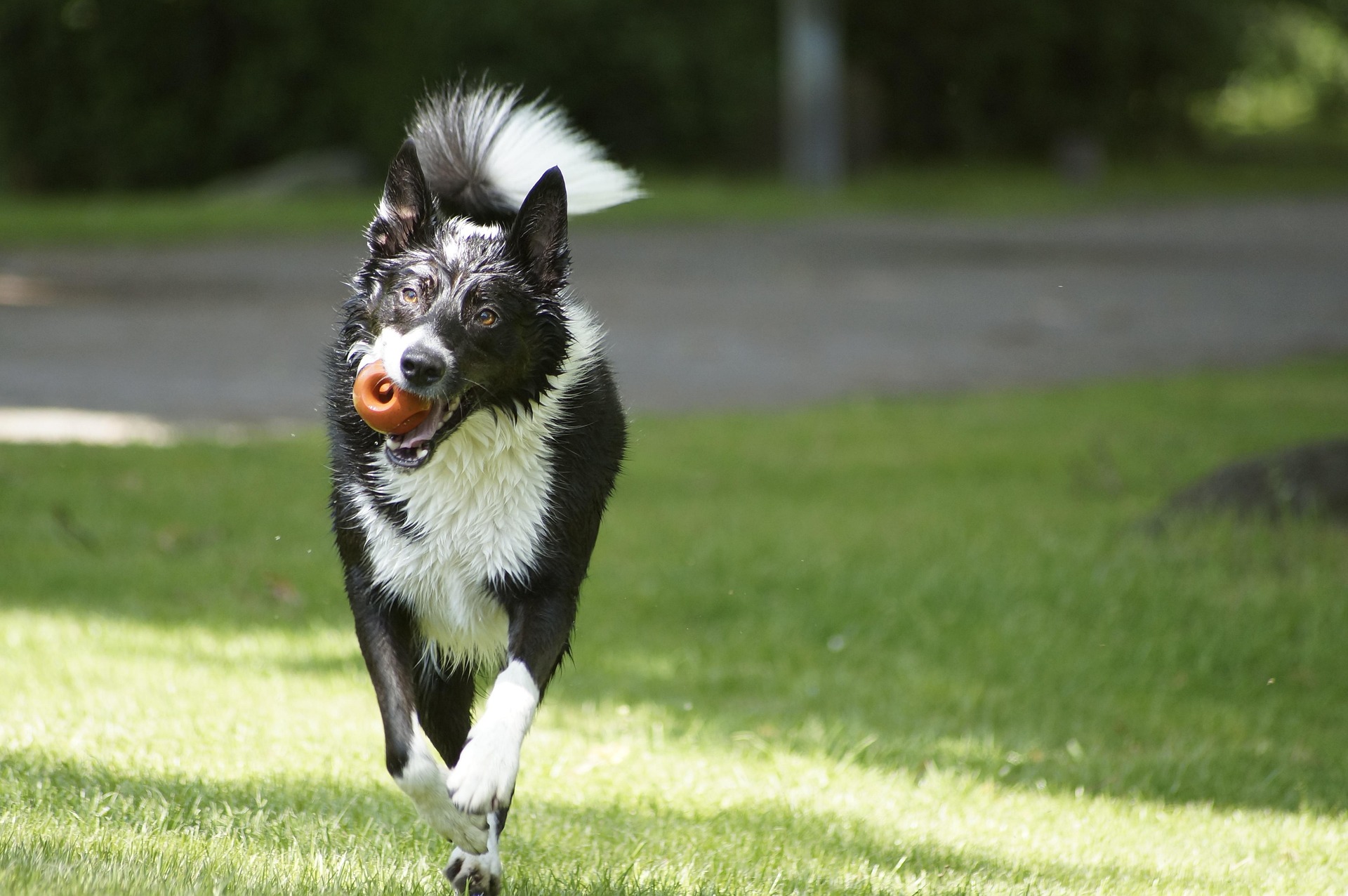Does your dog love jumping up on you when you walk in the door? Does he or she also jump up on guests when they first arrive? You may not think it is a problem at first when your pooch is a very cute, very small puppy, but it will certainly become a problem if you don’t teach them early that jumping up on people is not acceptable behavior.
There is nothing cute about a full-grown dog running over to a small, frightened child, or a frail senior, and jumping up on them. It can be a terrifying experience and traumatizing for youngsters and for anyone who isn’t familiar with dogs or is afraid of them. Even if you are helpfully shouting, “Don’t be afraid, he just wants to play,” many people find this behaviour very upsetting, and other dog owners would agree. You have some teaching to do to break your pet’s habit!
We offer these tips on how to teach your pooch not to jump up on people
Remember that dogs greet each other by rubbing noses and, when your dog greets you, their first instinct will be to jump up so they can reach yours. As happy as you are to be so warmly welcomed, think of the future: they may jump up on you with muddy paws when you are wearing your best suit, or they may frighten or knock over a child. So, stay strong, and teach them not to jump up on anyone.
1. Establish yourself as leader of the pack
Your dog expects a “leader of the pack” to emerge from any household of which he or she is a member. Make sure they understand you are the leader or they may assume that he or she is and you will have trouble making them obey you. Show yourself to be the leader by being firm, assertive, and consistent, just like mother dog was. A leader of the pack never wavers from his or her role and you mustn’t either.
2. Ignore your dog if they jump up
Your dog needs to learn that they don’t get what they are seeking—attention, food, treats—if they jump up, whether you are coming through the door, sitting in a chair, or have a treat in your hand. Make sure everyone in the family is on board with this training and warn your guests that he or she is to be ignored if they jump. There are various ways of teaching him or her to make the connection between:
- Getting what they want by not jumping up
- Not getting what they want if they jump up
3. Don’t greet your dog until they are calm
When you enter the house and your dog jumps up, stop, tell them to sit, and leave the house. Come back in and try again. You may have to make many trips in and out of the house until they obey the “sit” command and stop jumping. When all paws are on the floor, you can bend or crouch down to greet them (but don’t bend over top of them in case he or she jumps again), and give them a treat. You can eventually phase out the treats.
If he or she jumps up on you when you are sitting in a chair, stand up and ignore them until all paws are on the floor.
4. Teach them not to jump up on guests
Arrange for a cooperative friend to come over, and have your dog on a leash. Ask your friend to come in and don’t allow your excited dog to go to them. Tell your dog to sit, and when they have all paws on the floor, have your friend approach. If the dog jumps up, your friend is to stop and back away. Repeat this process a few times until your dog understands that all paws must be on the ground to get the friend to come to them.
When the friend is able to come and starts to play with your dog, they must leave again if they jump up, and you have to start again from the beginning. When the dog will sit until the friend approaches and greets the friend without jumping up, give your dog a treat.
You can repeat this type of training with a friend outside in the yard or a park so that your dog knows this is not just a house rule, but a rule that applies everywhere.
5. Be consistent
Never break the jumping rule and be patient, and never get cross with your dog while they’re learning this behavior. If you find he or she has trouble controlling themselves, work on the “sit” command separately for a while. Try giving him or her something to hold in their mouth when people come to the door or scatter treats on the floor to distract them. See that your pet gets enough exercise in order to help them control their bouncy nature.
As the “leader of the pack,” you are the one to set the boundaries for your dog and an essential one is for them to understand that jumping up on people is not allowed. Make sure he or she gets treats, playtime, or petting only when they keep all paws on the ground.
Creative Commons Attribution: Permission is granted to repost this article in its entirety with credit to Hastings Veterinary Hospital and a clickable link back to this page.






